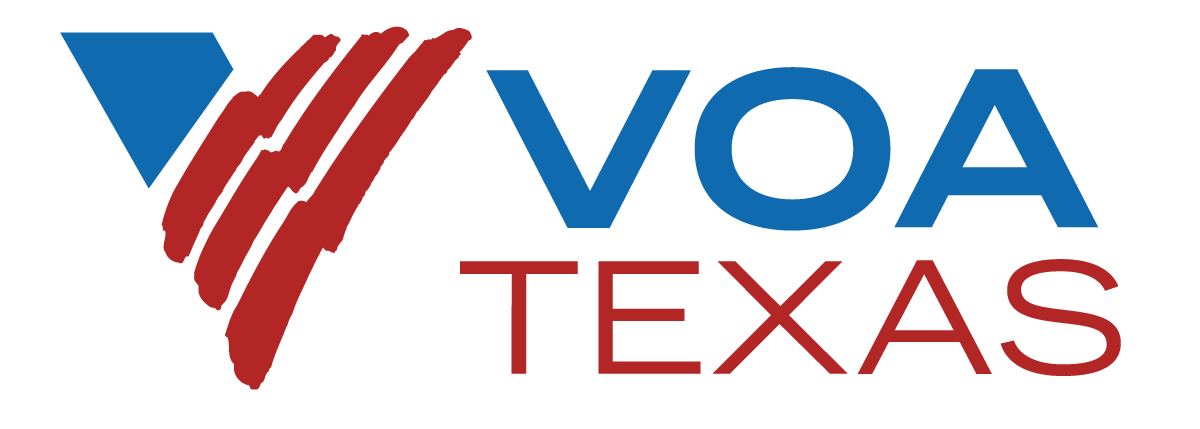A faith-based organization, Volunteers of America Texas is part of a national organization that has supported the prevention of substance abuse for more than 30 years through the Positive Action (PA) program. More than 10,000 schools and sites have used PA in all 50 states. The curriculum was developed for students Kindergarten through12th grade.
Prevention services promote healthy development of youth and their families through the utilization of evidence-based programming in collaboration with schools, religious organizations, community sites, and other social service agencies.
Areas of Impact
Academics
The Positive Action program teaches students how to achieve academic success utilizing six focus areas. Through this, students are able to apply the appropriate positive behaviors to all areas of their lives. It reinforces the philosophy that positive thoughts lead to positive actions, positive actions lead to positive feelings about oneself, and positive feelings lead to more positive thoughts.
Behavior
Problem behaviors such as bullying, violence, dropping out of school, obesity, gang involvement, substance use, discipline referrals, and truancy, decrease as the students learn positive actions.
Character
The Positive Action philosophy and the systematic teaching of positive actions support positive youth development and character education.
Prevention, Intervention, and Treatment
Positive Action works at any stage of prevention, intervention or treatment. It works to establish positive behaviors by teaching the positive Thoughts-Actions-Feelings Circle. It also shows students how to break a negative circle by thinking a positive thought, following through with a positive action, and experiencing the positive feeling which results in the desire to have more positive thoughts and actions.
Behavioral Development Goal
• Improve students’ academic performance.
• Instill in students an intrinsic motivation to learn.
• Integrate positive actions into students’ cognitive, behavioral, and affective learning domains.
• Contribute to student achievement of core performance standards and outcomes.
• Improve students’ behavior.
• Develop students’ character.
• Develop well-rounded students: physically, intellectually, socially, and emotionally.
• Develop students’ thinking skills.
• Promote physical and mental health.
• Prevent bad behaviors
